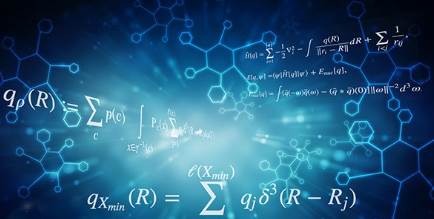Inference and prediction are two important objectives in the study of biological systems. For the purpose of formalizing understanding or testing a theory regarding how the system acts, inference develops a mathematical model of the data-generation process. Prediction attempts to foretell future events or behavior, such as whether a rat with a specific gene expression pattern is ill. Without having to be aware of the underlying mechanisms, prediction enables the identification of the optimal courses of action (such as the selection of a treatment). Both inference and prediction might be useful in a typical research study because we want to understand how biological systems operate as well as what will happen next.
For instance, we would want to determine which biological functions are connected to the deregulation of a gene in a disease, as well as identify a subject's disease status and forecast the most effective treatment.
In theory, a wide range of statistical and machine learning (ML) techniques can be applied to both prediction and inference. However, the building and fitting of a project-specific probability model is how statistical approaches have traditionally focused on inference. With the help of the model, we can calculate a numerical indicator of how certain we are that a link we find depicts a genuine impact that is not likely to be caused by noise. Furthermore, if sufficient data are available, we can explicitly check presumptions (such as equal variance) and, if necessary, improve the given model.
ML, in contrast, focuses on prediction by employing general-purpose learning algorithms to uncover patterns in frequently abundant and cumbersome data .In contrast to 'long data,' where the number of subjects is more than the number of input variables, 'broad data' refers to data where the number of subjects is greater than the number of input variables. Since machine learning (ML) makes few assumptions about the systems that generate the data, it is still possible for it to work well even when the experimental design was haphazardly chosen and complex nonlinear interactions were present. Nevertheless, despite strong prediction outcomes, it may be challenging to explicitly connect ML solutions to pre existing biological information in the absence of an explicit model.
As the number of variables per subject rises, the computational tractability of traditional statistics and ML varies. For data with a few dozen input variables and sample sizes that would be regarded as small to moderate nowadays, classical statistical modelling was created. In this case, the model fills in the system's unseen details. However, the model that represents these linkages grows increasingly complex as the number of input variables and potential associations between them grow. As a result, the line separating statistical and ML techniques blurs and statistical findings become less exact.




Leave Comment